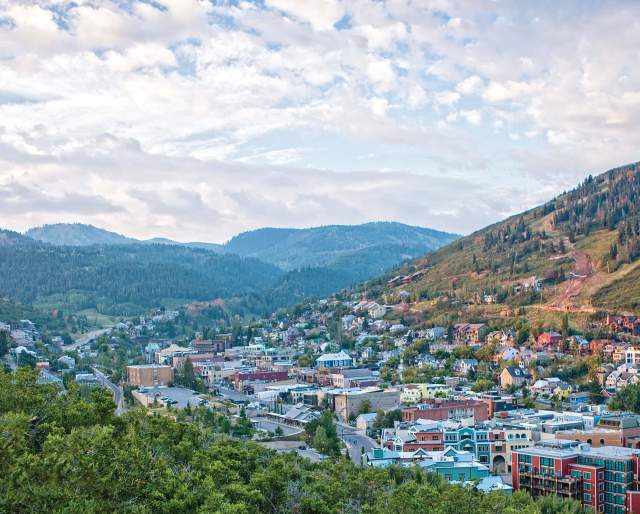Park City Film Guidelines
We encourage and welcome filming in Park City and Summit County. Here are a few guidelines and regulations that you need to observe when filming in Park City and Summit County including the Wasatch-Cache National Forest.
Park City Municipal Corporation regulates and permits the 3 square mile area within the boundaries of Park City, which includes the McPolin Farm, Deer Valley Resort, Park City Mountain Resort and the junction of State Road 248 (Kearns Boulevard) and Highway 40.
You can find Park City Municipal film permit information here. All areas outside of Park City limits but within Summit County are regulated and permitted by Summit County. You can find Summit County film permit information here. Please be advised that there are noise and light ordinances, as well as parking and traffic regulations in most areas. Please follow all regulations and take them into consideration when planning your project.
A current and up-to-date location schedule should always be on file with Park City Municipal or Summit County. When filming in an area that may disrupt or impede traffic in a residential or commercial area, the production company is required to notify neighbors and businesses of the planned impact.
Filming on Main Street, Park City
Main Street is one of the signature locations of Park City and is quite popular for filming purposes. Because Main Street is a thriving center of commerce with many restaurants and retail shops, we have devised a set of guidelines to facilitate filming requests. We encourage you to patronize local establishments; you will find they can assist your crews and be a great local source of goods and services.
These guidelines refer to "Main Street" - the actual public street that stretches from upper Park Avenue, through Heber Avenue and lower Main Street past the Marriott Summit Watch. The Marriott Summit Watch and the Town Lift plazas are private property and are not included in these guidelines. Swede Alley (east of and parallel to Main Street) is also considered separately from "Main Street."
Main Street is a commercial zone and a high-traffic area, so we try to minimize the impact that a film production can have on local businesses. As such, we encourage filming in the early mornings before noon and late at night after midnight. We recommend avoiding certain peak visitation periods – mid-December through early January, the Sundance Film Festival (typically the last 2 weeks of January), President's Day week (February), Arts Festival weekend (first weekend in August), Fourth of July, and Miner’s Day (Labor Day.) We also recommend avoiding Friday evenings between 6pm and midnight and Saturdays and Sundays between noon and midnight. We do acknowledge that some film projects may not fit into these guidelines, and we will evaluate such projects on a case-by-case basis.
Parts of Swede Alley can be rented for production vehicles and vital elements of base camp. However, we recommend that the majority of base camp be set up at an approved off-site location. Main Street and Swede Alley have limited space available and setting up base camp elsewhere can provide you with additional space and flexibility. There is not a lot of parking in the Main Street area, so we encourage you to shuttle your crew from the headquarters hotel or the central base camp to the Main Street location.
Please note that closing Main Street for filming requires advance approval of at least one month from Park City Council.
Filming in the Wasatch-Cache National Forest
The Heber-Kamas Ranger District manages film permits for the Kamas district of the Wasatch-Cache National Forest and can be reached at 435.783.4338.
Applications are accepted year-round at all Ranger District Offices. Completed applications can be submitted with the proper application fee to the applicable Ranger District Office a minimum of 10 days prior to planned filming/photography dates. *Incomplete applications will not be reviewed.
NOTE: Some areas of the forest are especially sensitive to impacts from vehicles, domestic animals, and people. These areas include wetlands, streams, lake shorelines, and most meadow areas. Filming requests in these sensitive areas will require special surveys to determine possible environmental impacts. The request may be denied.
